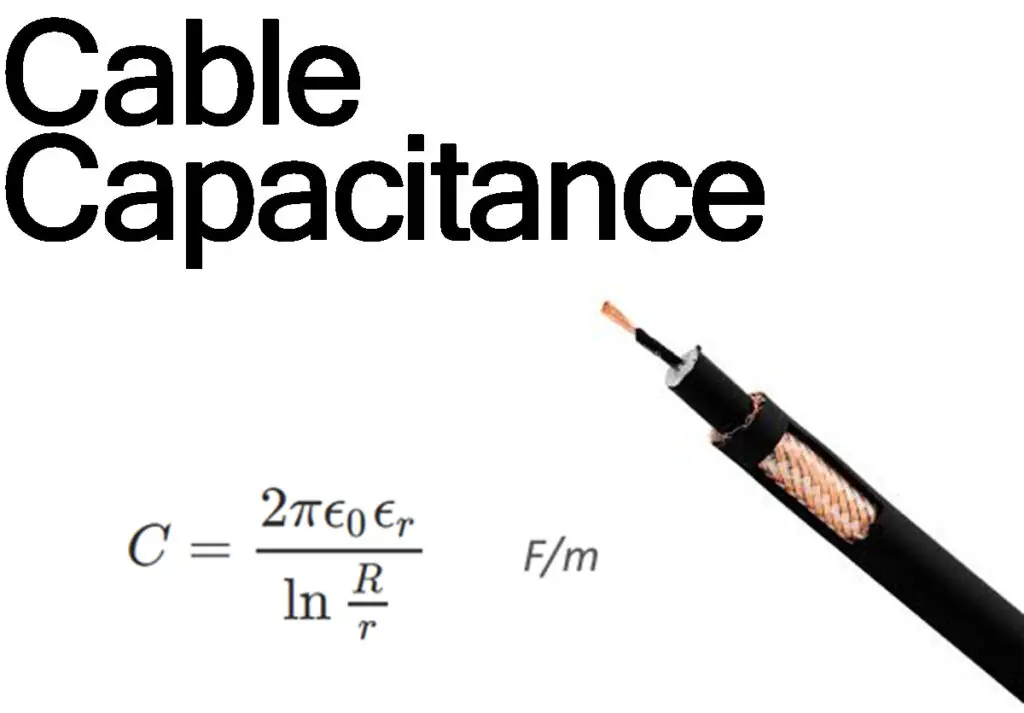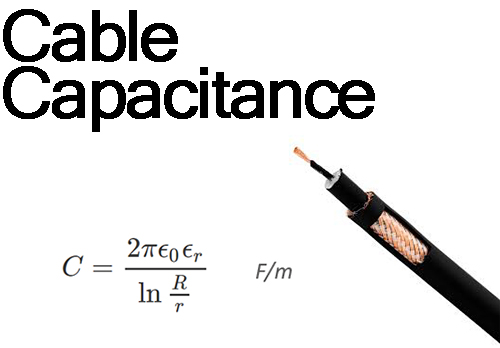The ideal length of your guitar cable depends on a few factors, such as your personal preference, the size of the stage or room you’re playing in, and the quality of the cable.
Here are some guidelines to help you choose the right length:
- Personal preference: Some guitarists prefer shorter cables for minimal clutter, while others prefer longer cables for more freedom of movement. Consider what works best for you.
- Room size: If you’re playing in a small room, you may not need a long cable. However, if you’re performing on a larger stage, a longer cable will allow you more freedom to move around.
- Cable quality: Longer cables can sometimes result in a loss of signal quality, but this issue can be mitigated by using high-quality cables with low capacitance. If you need a longer cable, consider investing in a well-made one.
A common length for guitar cables is 10-20 feet (3-6 meters), but you can find cables ranging from 3 feet (1 meter) to over 50 feet (15 meters) if needed. For most situations, a cable between 10 and 20 feet should provide sufficient flexibility and movement without compromising sound quality.

Guitar Cables & Capacitance
Capacitance is an important factor to consider when choosing the length of your guitar cable, as it can impact your tone. When you use a longer cable, the capacitance of the cable increases, which can lead to a loss of high-frequency signal and a duller sound.
As a general rule, lower capacitance cables are better for preserving the high-frequency response of your guitar signal. Capacitance is usually measured in picofarads per foot (pF/ft) or picofarads per meter (pF/m). A cable with a capacitance of around 20-30 pF/ft (65-100 pF/m) is considered to be low capacitance.
https://en.wikipedia.org/wiki/Coaxial_cable
Shorter cables are generally better for preserving high frequencies, as they have lower capacitance.
If you need a longer cable, choose a low-capacitance cable to minimize the loss of high-frequency signal. High-quality cables with low capacitance will have better signal transmission even at longer lengths.
The specific capacitance that is acceptable for your setup depends on your personal preference and the type of music you play. If you play music with a lot of high-frequency content, such as bright clean tones or lead guitar work, you might be more sensitive to the effects of capacitance. In such cases, it’s even more important to choose a low-capacitance cable.
To minimize the effect of capacitance on your guitar tone, choose a guitar cable length that balances your need for mobility with preserving sound quality. For most situations, a cable between 10 and 20 feet (3-6 meters) should provide sufficient flexibility and movement without compromising your tone too much.
Here are some more resources if you’re interested in learning more.
Shootout Guitar Cables created a chart that lists the capacitance of various cables.
Onvilab measured the frequency response of 10 different common cables, including the ZEROCAP cable, which is supposed to have a total capacitance of 60 pF.
Lastly, here is a discussion on Jazz Guitar with a couple of points of view.


